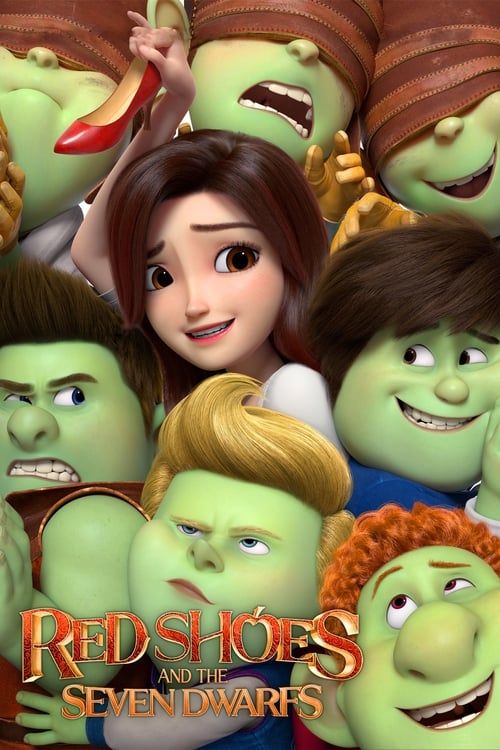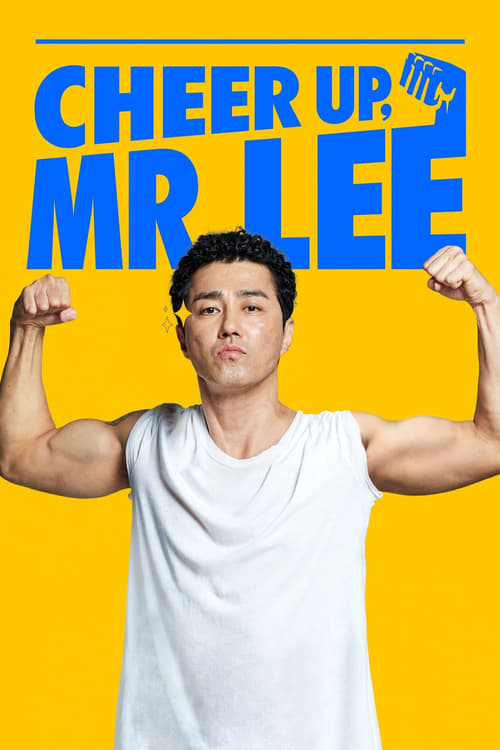
Ask Your Own Question
What is the plot?
What is the ending?
In the ending of "Cheer Up, Mr. Lee," Mr. Lee, who has been struggling with his past and his relationship with his daughter, finally confronts his feelings and the reality of his situation. He reconciles with his daughter, and they share a heartfelt moment that signifies healing and understanding. The film concludes with Mr. Lee finding a sense of peace and purpose, as he embraces his role as a father and a mentor.
As the film approaches its conclusion, the atmosphere is charged with emotion. Mr. Lee, having faced numerous challenges throughout the story, finds himself at a pivotal moment. The scene opens in a modest hospital room where Mr. Lee is recovering from a health scare. The sterile environment contrasts sharply with the emotional turmoil he has been experiencing. He reflects on his life choices, the estrangement from his daughter, and the weight of his past mistakes.
In the next scene, Mr. Lee's daughter, who has been grappling with her own feelings of resentment and abandonment, arrives at the hospital. The tension is palpable as they exchange hesitant glances. Mr. Lee, frail yet determined, musters the courage to speak first. He apologizes for the years of neglect and the pain he has caused her. His voice trembles with vulnerability, revealing the depth of his regret. The camera captures the raw emotion on both their faces, highlighting the years of hurt that have built a wall between them.
As the conversation unfolds, Mr. Lee shares stories from his past, revealing the struggles he faced as a young man and the choices that led him to become distant. His daughter listens intently, her expression shifting from anger to understanding. The scene is interspersed with flashbacks of their happier moments together, emphasizing the bond they once shared. This juxtaposition serves to deepen the emotional impact of their current situation.
In a pivotal moment, Mr. Lee reaches out to hold his daughter's hand, a gesture that symbolizes his desire for connection and reconciliation. Tears well up in both their eyes as they begin to bridge the gap that has kept them apart for so long. The dialogue is heartfelt, filled with apologies and expressions of love. Mr. Lee's daughter, still hesitant, begins to open up about her own struggles and the impact of his absence on her life.
The climax of the film occurs when Mr. Lee, with newfound strength, encourages his daughter to pursue her dreams, reminding her that it's never too late to start anew. This moment of empowerment is transformative for both characters. The camera lingers on their faces, capturing the shift from sorrow to hope. The emotional weight of their conversation lifts, and they share a tentative smile, signaling the beginning of their healing journey.
As the film draws to a close, we see Mr. Lee and his daughter leaving the hospital together. The sun shines brightly outside, symbolizing a new dawn for their relationship. They walk side by side, a visual representation of their renewed bond. The final scene shows them sitting together in a park, laughing and reminiscing about the past, suggesting that while the road ahead may still have challenges, they are now united in their journey.
In the end, Mr. Lee finds peace within himself, having reconciled with his daughter and embraced his role as a father. His daughter, too, begins to heal, empowered by her father's support and love. The film concludes on a hopeful note, emphasizing the themes of forgiveness, redemption, and the enduring power of familial love.
Is there a post-credit scene?
In the movie "Cheer Up, Mr. Lee," there is no post-credit scene. The film concludes its narrative without any additional scenes after the credits roll. The story wraps up with a focus on the emotional journey of the characters, particularly Mr. Lee and his relationship with his daughter, leaving the audience with a sense of closure regarding their arcs. The film emphasizes themes of family, love, and the importance of connection, culminating in a heartfelt resolution that does not extend into a post-credit moment.
What is the significance of Mr. Lee's relationship with his daughter?
Mr. Lee's relationship with his daughter is central to the narrative, showcasing a complex dynamic filled with love, regret, and the desire for reconciliation. As Mr. Lee grapples with his past mistakes, particularly his absence during his daughter's upbringing, their interactions reveal his deep-seated guilt and longing for redemption. The emotional weight of their relationship is highlighted in scenes where Mr. Lee attempts to connect with her, often leading to poignant moments of vulnerability and understanding.
How does Mr. Lee cope with his terminal illness throughout the film?
Mr. Lee's coping mechanism with his terminal illness is portrayed through a mix of humor and denial. Initially, he tries to maintain a facade of normalcy, often using humor to deflect the seriousness of his condition. As the story progresses, his internal struggle becomes more apparent, particularly in scenes where he confronts his mortality, leading to moments of introspection and emotional breakdown. His journey reflects a deep desire to leave a positive legacy for his daughter, which drives many of his actions.
What role does the character of the nurse play in Mr. Lee's journey?
The nurse serves as a pivotal character in Mr. Lee's journey, acting as both a caretaker and a confidante. Her compassionate nature provides a stark contrast to Mr. Lee's often gruff exterior. Through their interactions, she encourages him to confront his fears and regrets, pushing him towards emotional growth. Key scenes depict her gentle nudging, which helps Mr. Lee open up about his past, ultimately aiding in his quest for redemption and connection with his daughter.
How does Mr. Lee's past influence his present actions in the film?
Mr. Lee's past significantly influences his present actions, as he is haunted by memories of his failures as a father and husband. Flashbacks reveal moments of neglect and poor choices that shaped his current relationships. These memories drive his desire to make amends, leading to a series of heartfelt attempts to reconnect with his daughter. The weight of his past mistakes is palpable in scenes where he reflects on lost time, showcasing his internal conflict and determination to change.
What are the key moments that lead to Mr. Lee's character development?
Key moments that lead to Mr. Lee's character development include his initial denial of his illness, the confrontation with his daughter about their strained relationship, and the emotional breakthroughs facilitated by the nurse. A turning point occurs when he finally opens up about his regrets, leading to a cathartic exchange with his daughter. These moments are marked by raw emotion, as Mr. Lee transitions from a man burdened by his past to one seeking forgiveness and connection, culminating in a deeper understanding of love and family.
Is this family friendly?
"Cheer Up, Mr. Lee" is generally considered family-friendly, but it does contain some themes and scenes that may be sensitive for children or those who are easily upset. Here are a few aspects to consider:
-
Mental Health Themes: The film explores issues related to mental health, including depression and the impact of trauma. These themes may be difficult for younger viewers to fully understand or process.
-
Emotional Struggles: Characters experience significant emotional turmoil, including feelings of loss, loneliness, and despair. These moments can be intense and may evoke strong feelings.
-
Family Dynamics: There are scenes that depict strained family relationships and the challenges of reconciling past grievances, which may resonate differently with children or sensitive viewers.
-
Mature Situations: Some situations may involve adult themes or discussions that could be confusing or inappropriate for younger audiences.
-
Tearful Moments: The film includes scenes that are designed to evoke tears, which may be upsetting for sensitive viewers, particularly children who may not be accustomed to such emotional depth in storytelling.
Overall, while the film carries a hopeful message, its exploration of complex emotional and psychological themes may require parental guidance for younger viewers.










































